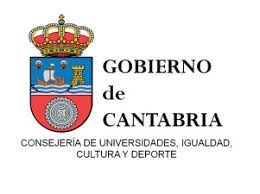Diana and Acteón: the metamorphosis of the voice in a body «brutalized» (essay of the first reading)
DOI:
https://doi.org/10.55422/bbmp.734Keywords:
Mythological Fable: Diana and Aecteon, Poetic Imitatio: Renaissance, Mannerist and Baroque models, Spanish Golden Age, Baroque Poetry, Pedro Soto de Rojas: Los rayos de FaetónAbstract
The author re-examines Pedro Soto de Roja's fable of Diana and Actaeon, which in the context of his narrative poem Los rayos del Faetón was conceived of as an example of Baroque «extremosidad». The poet rewrites this fable in order to conform a story parallel to that of Phaethon, the actio of which is relocated in a humbler level. This version of the myth functions as the basis of an exercise of classic aemulatio, that is, as the point of departure of an elaborated amplificatio of his literary models. The process of mannerist amplificatio is contrasted with the different types of Renaissance imitatio, according to which the new text is a sort of palimpsest showing and lighter-confusing the imitated model. The mannerist amplification generates chains of values which connect it with variation in order to produce surprise and «meraviglia». The mannerist poet chooses a detail of his hypotext and turns it into the core of its rewriting of the mythological fable. Soto de Rojas' use of this procedure may be described as a transgression of the limits of the Baroque: his perspectivism is not simply a one-dimension mimesis, for there are several focuses (ideologic, moral, and ethic) from which the reader can imply himself in the actio, as well as others which remind bucolic, hermetic, cynegetic, astronomical, etc., atmospheres. This exposition always takes into account the perspective of Soto de Roja's forerunners in the use of the mythical fable like Castillejo, Aldana and Barahona de Soto.
Downloads
Publication Facts
Reviewer profiles N/A
Author statements
Indexed in
- Academic society
- Sociedad Menéndez Pelayo
- Publisher
- Sociedad Menéndez Pelayo
Global Statistics ℹ️
|
137
Views
|
121
Downloads
|
|
258
Total
|
|
Downloads
Published
How to Cite
Issue
Section
License
Copyright (c) 2022 Gregorio Cabello Porras

This work is licensed under a Creative Commons Attribution-NonCommercial 4.0 International License.








